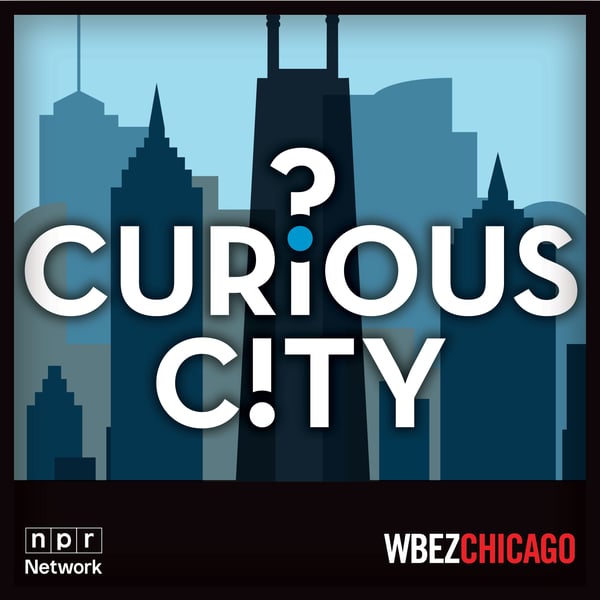Why Chicago Had Race Riots During The ‘Red Summer’ Of 1919
Curious City
WBEZ Chicago
4.8 • 642 Ratings
🗓️ 21 July 2019
⏱️ 13 minutes
🧾️ Download transcript
Summary
Long-brewing racial tensions came to a head one hot summer day, when a black boy was drowned near a whites-only beach.
Transcript
Click on a timestamp to play from that location
| 0:00.0 | It's Curious City, where we take your questions about Chicago and the region, and investigate, report, explore, from WBEZ. |
| 0:14.0 | 100 years ago, in the summer of 1919, race relations in America reached a boiling point. Some feared we were heading toward a race war. Others were hoping for one. World War I was over, and many black soldiers were coming home demanding more respect and equality than when they left. At the same time, many whites wanted to preserve the old social order, at times violently. |
| 0:39.8 | The red summer of 1919 saw waves of lynchings and riots. In Washington, D.C., white soldiers |
| 0:47.3 | started riots that lasted for four days. Fifteen died and dozens were injured. Smaller riots |
| 0:53.6 | erupted in Charleston, South Carolina, |
| 0:56.0 | Norfolk, Virginia, and more than three dozen other cities. Chicago saw some of the worst of the |
| 1:01.8 | violence. Here, in the course of a week, there were riots, bombings, and arson. Thirty-eight people |
| 1:08.5 | were killed. Hundreds were injured. |
| 1:19.6 | I'm Jessica Popovac, filling in his curious city editor, and I'm answering a question about Chicago during that red summer. |
| 1:22.6 | It's from Stephen Boone, who lives in the Woodlawn neighborhood. |
| 1:29.1 | I was curious to know how the 1919 race riot started in the city of Chicago. |
| 1:35.7 | How did it affect the city then and how is it affected the city now? |
| 1:40.0 | Stephen's asking a big question, so we're doing two episodes on it. |
| 1:43.8 | Next time, we'll tackle how the riots change Chicago. |
| 1:46.7 | But for now, we're sticking to how they started. |
| 1:54.6 | There were many tensions between Chicago's whites and blacks at that time, and some of those remain today. |
| 2:00.7 | So it's important to understand how they erupted into such widespread violence. |
| 2:03.8 | To learn more, I visit Claire Hartfield. |
| 2:09.0 | She grew up in Chicago and remembers hearing her African-American grandmother tell stories about that summer and when her streetcar was attacked by an angry white mob. |
| 2:14.1 | Hartfield recently published the book A Few Red Drops, The Chicago Race Riot of 1919. |
| 2:20.4 | So July 27, 1919, was an extraordinarily hot day in Chicago. |
| 2:26.5 | It had been in the 90s all week, and it was a Sunday. |
... |
Please login to see the full transcript.
Disclaimer: The podcast and artwork embedded on this page are from WBEZ Chicago, and are the property of its owner and not affiliated with or endorsed by Tapesearch.
Generated transcripts are the property of WBEZ Chicago and are distributed freely under the Fair Use doctrine. Transcripts generated by Tapesearch are not guaranteed to be accurate.
Copyright © Tapesearch 2025.

